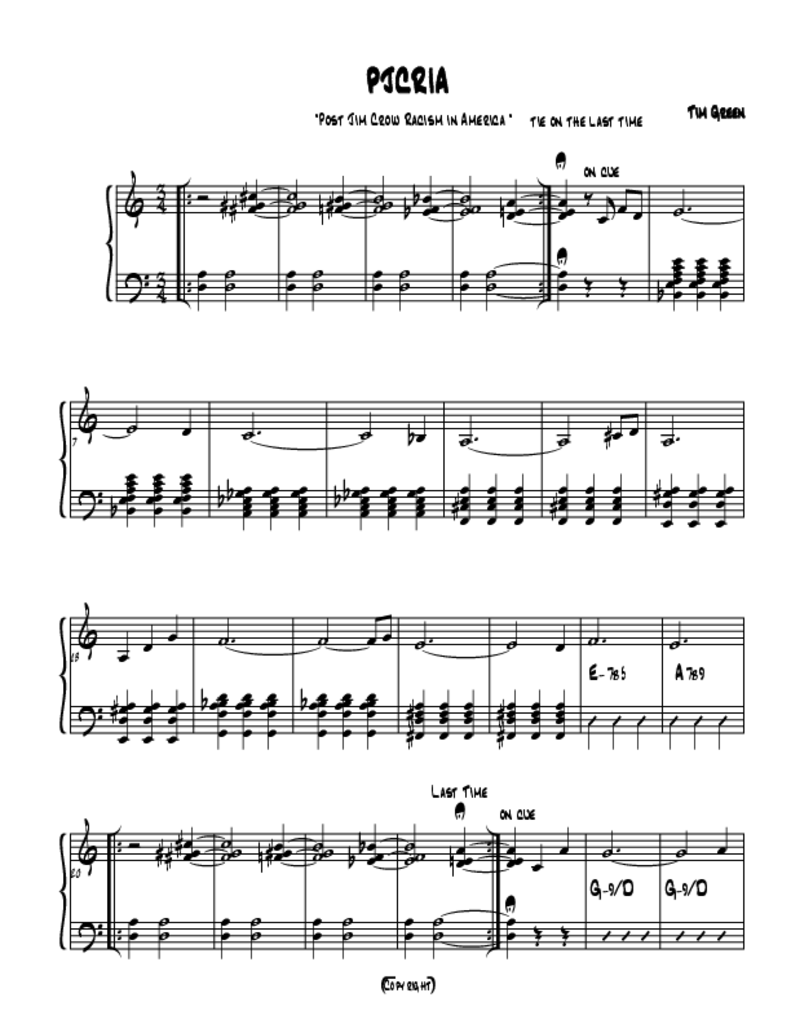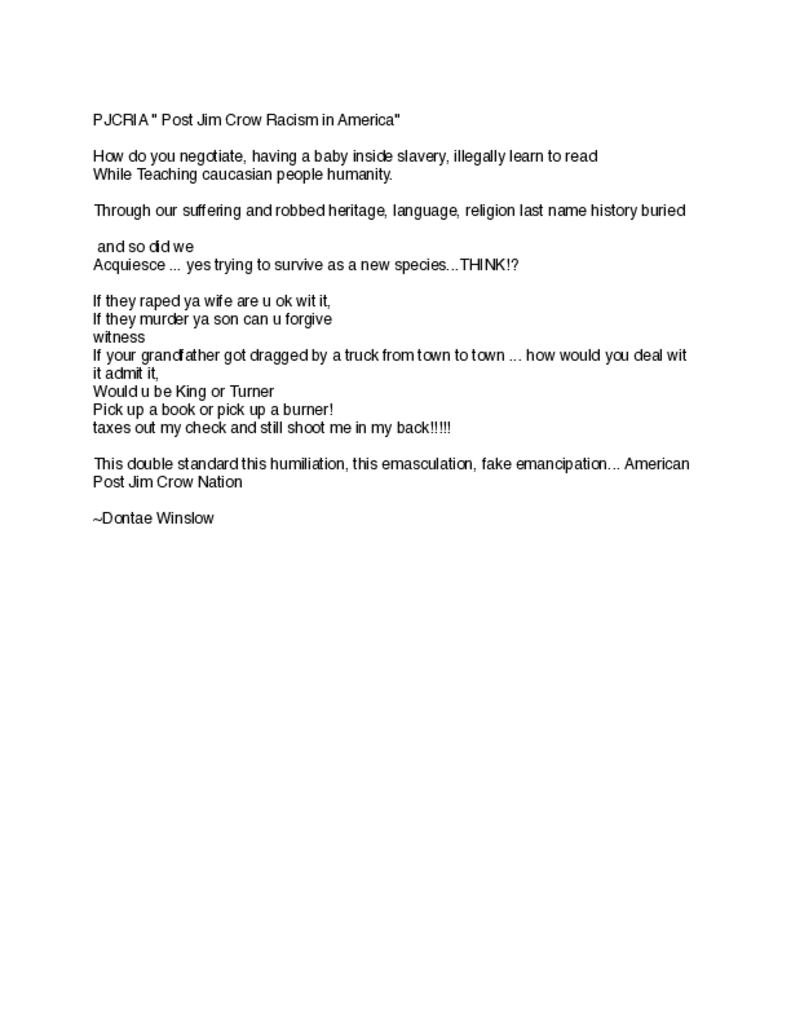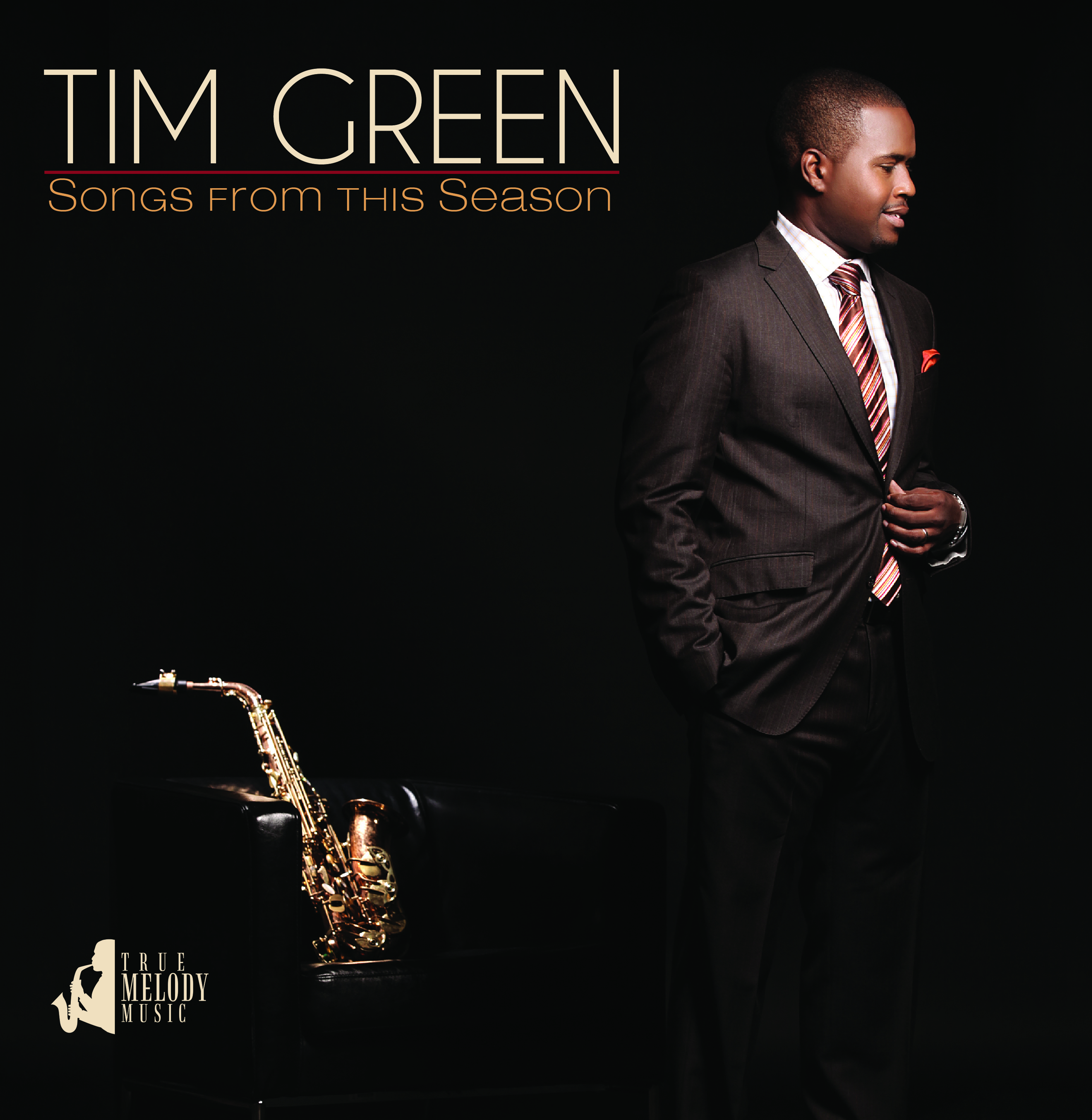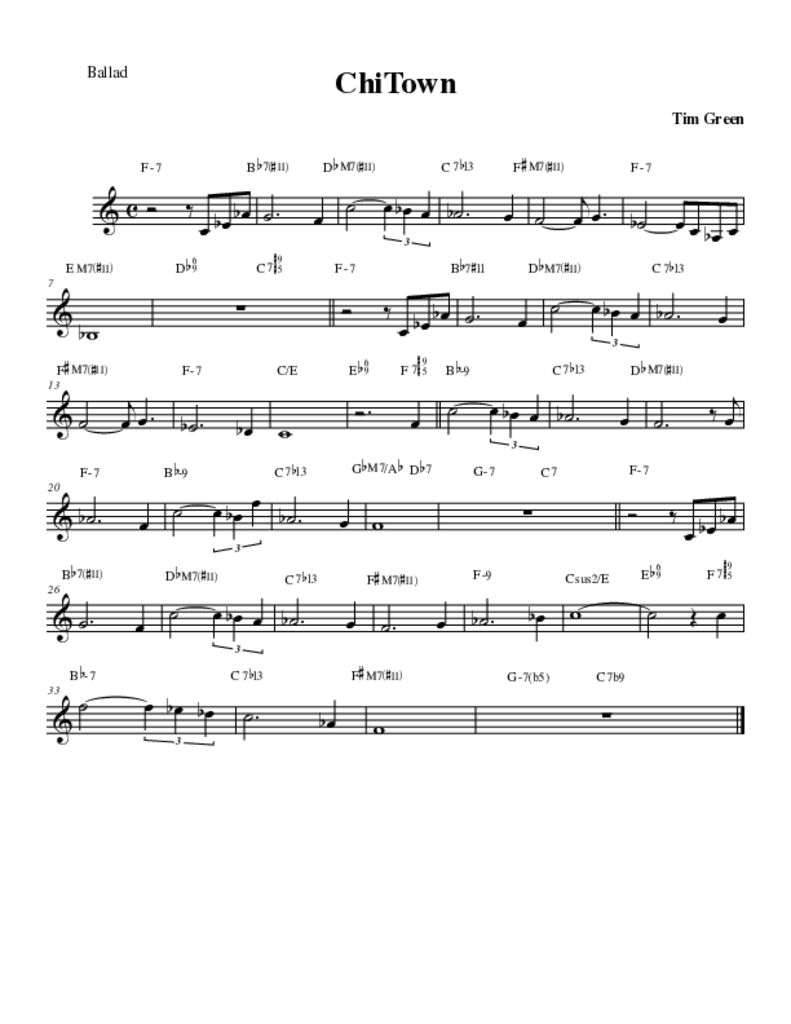Work samples
-
PJCRIA " Post-Jim Crow Racism in America" Project SamplePJCRIA "Post-Jim Crow Racism in America" Project Sample. Composed by Tim Green
-
"Songs From This Season" Project SamplerTim Green "Songs From This Season" Project Sampler. This project is a compilation of music that was written over the past 5-7 years . These songs were inspired by different periods and seasons in my life which are reflected in the titles and in the music itself . Thanks for taking this journey through "Songs From This Season".
-
"Chitown" Project SampleI was inspired to compose this song entitled “Chitown" for my wife after we had been married for about 6 months. This is a representation of art reflecting life based on all of the romantic feelings and love that were floating in the air as newlyweds.
-
Tim Green, the Saxophonist Project sampleTim Green "Pinocchio" (In Studio Performance). Pinocchio by Wayne Shorter Featuring: Tim Green - Alto Saxophone Rodney Green - Drums Kris Funn - Bass
About Tim

Forging a deeply personal sound from a broad swath of the jazz landscape, saxophonist, composer and arranger TIM GREEN has emerged as a powerful new voice, melding deftly swinging hard bop, fluid modernity, and soulful gospel.
Called “a player to watch” by JazzTimes, Green seized the attention of the jazz community with his second-place finish in the 2008 Thelonious Monk International Jazz Saxophone Competition. He delivered on the promise of that prestigious… more
PJCRIA "Post-Jim Crow Racism in America"
Written and Composed by Tim Green What is “Post-Jim Crow Racism in America”? I think we all know. The title seems somewhat abrasive but it needs to be revisited in order to bring some context to the “race” issue that we are facing today. If you don’t know what PJCRIA is then turn on the news and you’ll see another African American, Muslim, Hispanic or person of color being profiled and treated unfairly or even killed by the police for a non-violent offense without being given the benefit of the doubt. Even though Jim Crow Laws of segregation were abolished in 1964 by the Civil Rights Act and The Voting Rights Act of 1965, the seed and spirit of that inhumane system still exist. The law doesn’t change the hearts of the people. The law helps but we still have a long ways to go. How can you explain the cases of Trayvon Martin, Michael Brown, Freddie Gray, Tamir Rice and many others that were senselessly murdered because of the color of their skin. You don’t see the same things happening to people who aren’t colored. What does this tell us? The same spirit of segregation, violence, oppression and hatred towards colored people still exists even though the Jim Crow Laws were abolished in the 1960s. We have come a long way as a society, but still have a long way to go. 2016 was a year that brought awareness to a lot of these senseless injustices. I had to find a way to express my feelings about these issues after sitting back and watching these stories pop-up on my social media feed almost every other day. As a musician and composer, my first instinct is to sit at the piano and try to turn these emotions into a spiritual feeling through music. What came to me, through the form of music and composition, was anger, hopeful optimism, more anger, hope, soul, aggression and beauty. The main section/vamp, bars 1 thru 4 and 20 thru 23, have a feeling of anger and frustration that are reminiscent of the avant-garde jazz style of the 1960s. The next section, bars 5 thru 18, is a prayer of sadness or mourning over the loss of life of those that were killed because of racial injustice. Here comes the vamp again at bar 24. The vamp represents the time to get up and get to action. No more time for mourning. The second melody is approaching at bar 24 after slight moans and soulful instrumental groans to dust of the pain and anger. The melody starting at bar 24 thru 39 represents a “hopeful optimism”. The drums are implying a march to freedom as the saxophone and trumpet play a melody of hope. In life you will have things that set you back, and after all of the marches, protest and thoughts that things will be getting better, here comes another story about another black man or person of color being gunned down by the police. The notes that I chose to write at measure 40 represent that set back. Picture rioting, fires, shooting, looting, the national guard and police arresting protesters as the musicians play in a “free jazz” styles to outline those colors. The drums rumble in the next section, channeling the spirit of the african “talking drums” tradition that was used to communicate and express emotion. There is freedom through the saxophone, soloing freely in the style of the late great jazz legend John Coltrane who actually lived through the Jim Crow laws of the 1960s. Finally, spoken word had to be apart of this project and the great baltimore legend, Dontae Winslow, speaks the words that echo the feelings of slavery, racism and segregation. This is “Post-Jim Crow Racism in America”, the story of the american plight to reconcile the negative seed sown by our fore fathers with modern day humanity.
-
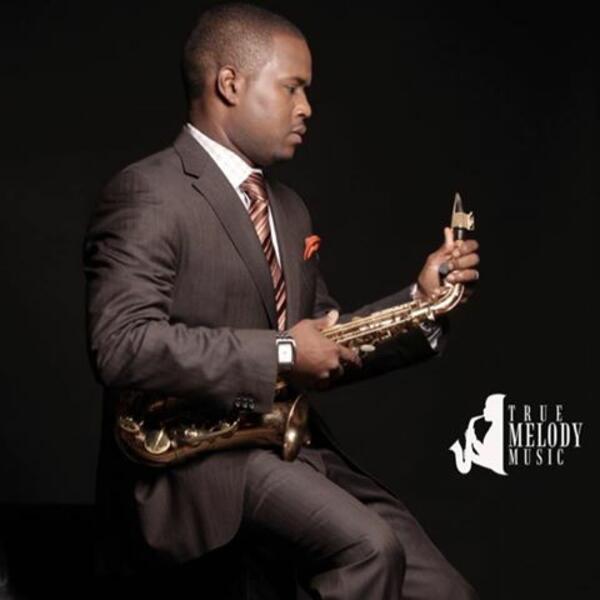 Tim Green (Press Picture)Tim Green (Press Picture)
Tim Green (Press Picture)Tim Green (Press Picture) -
"Post -Jim Crow Racism in Americ" Photo Montage"Post Jim Crow Racism in America" Photo Montage. Composed by Tim Green. Pictures can tell a story better than words in some cases. Through this photo motage I wanted to showcase some of the pictures taken at the Baltimore riots of 2015 stemming from the Freddie Gray case. The emotions on the faces of the people, smoke coming out of the CVS, police officers in riot gear, african american men forming a human chain to protect the citzens from the police and countless other pictures in this montage represent what this songs is about.
-
"PJCRIA" Post Jim Crow Racism in America (Full Song)PJCRIA "Post-Jim Crow Racism in America" (Full Song) Composed by Tim Green Featuring : Tim Green - Alto Saxophone Dontae Winslow - Trumpet and Spoken Word Allyn Johnson - Piano Romier Mendez - Bass
-
Post Jim Crow Racism in America (PJCRIA) Sheet MusicPost Jim Crow Racism in America (PJCRIA) Sheet Music Explanation of the compsition techniques as also seen in the summary: The main section/vamp, bars 1 thru 4 and 20 thru 23, have a feeling of anger and frustration that are reminiscent of the avant-garde jazz style of the 1960s. The next section, bars 5 thru 18, is a prayer of sadness or mourning over the loss of life of those that were killed because of racial injustice. Here comes the vamp again at bar 24. The vamp represents the time to get up and get to action. No more time for mourning. The second melody is approaching at bar 24 after slight moans and soulful instrumental groans to dust of the pain and anger. The melody starting at bar 24 thru 39 represents a “hopeful optimism”. The drums are implying a march to freedom as the saxophone and trumpet play a melody of hope.
-
Tim Green "Trayvon Martin Blog"The Trayvon Martin case sparked my interests and motivated me to explore the idea of "Post-Jim Crow Racism in America". This is a blog that i made for Facebook when his case was being tried in court. Social media has had such a big part in influencing this subject. I wanted to add this to my project to further show my passion for the topic of racial profiling and injustice.
Songs From This Season
I could not do this album without showing the influence that gospel/christian music has had on my playing and writing. Through the use of simple melodies and triadic harmony, “Shift” is a song I wrote that expresses those influences. I also use the organ, pads, vocals and electric bass to help me to express this style of music. Out of all the songs on Songs From This Season, I spent the most time on this one.
“Lost Souls” is dedicated some of my friends and family members that died at a young age. I chose to use the Cello to help express the melody and emotion of this song. The blend of the saxophone and cello worked out beautifully. I’m a huge fan of the Bach Cello suites and John Pattituci's song entitled “A Love Eternal” that uses cello also. Both of these composers had a huge influence in the concept of this song.
“Peace” is a song that I wrote when I moved back to Baltimore after finishing the Master’s program at The Thelonious Monk Institute of Jazz. I was unsure about what I was going to do at the time, but God gave me a sense of peace and assurance about my next move. This song came out of that life transition. You also can hear the impact that Brian Blade's music has had on my writing through this tune.
“The Queen of Sheba” is a song that I wrote after reading about the story of this great queen in the bible that fell in love with Solomon. This story represents the story of me and my wife. This song has infleunces of some songs that I love to play like “Pinocchio”, “Humpty Dumpty” and “E. S. P”, which are all modern jazz songs that have plenty of chord changes.
This project is a compilation of music that was written over the past 5-7 years . The songs were inspired by different periods in my life which are reflected in the titles and in the music itself . Thanks for taking this journey through Songs From This Season . "
God Bless,
- Tim Green
-
"Songs From This Season" Documentary"Songs From This Season" Documentary. Boat Safety Films collaborated with saxophonist extra-oridnairé Tim Green on this artist profile that explores his relationship to music as well as his upcoming project. "Songs From This Season" is a representation of art reflecting life. Each song on this project is a story about a certain time in my life or as I like to call it "a season ".
-
 Songs From This Season Album CoverSongs From This Season Album Cover
Songs From This Season Album CoverSongs From This Season Album Cover -
Siloam“Siloam” was the pool in Jerusalem where Jesus told the blind man to wash his eyes, and at that point the man was healed and made to see again. After he received his miracle, Jesus told him that his mission in life was to be a witness of and to the power of God. This story of life’s definition and purpose is the inspiration behind this tune. The song is really a 12 bar blues in 10/4 with a different harmonic approach .
-
Dedication“Dedication” is a song that I wrote for Mulgrew Miller and Kenny Kirkland, who are legendary pianists and two of my favorite musicians. I love how they write tunes that have beautiful melodies supported by complex harmony. I used that approach in this song to show my appreciation and love for their music.
-
Philippians 4:13“Philippians 4:13” is a scripture in the bible that says “I can do all things through Christ which strengthens me.” This song was birthed after going through a hard time in my life. At that point I sat down at the piano and this was the melody that came to mind and heart .
-
Time For LiberationFamed film director, Spike Lee was the inspiration behind “Time For Liberation”. He was a master class speaker at USC, where I attended graduate school. After hearing his amazing story I was motivated to write this piece. I created the bass line in 7/4, which sounds like a man on a mission running through the world. This song also shows the influence that rock music has had on my music through the use of the distortion guitar in this song.
-
ShiftI could not do this album without showing the influence that gospel/christian music has had on my playing and writing. Through the use of simple melodies and triadic harmony, “Shift” is a song I wrote that expresses those influences. I also use the organ, pads, vocals and electric bass to help me to express this style of music. Out of all the songs on Songs From This Season, I spent the most time on this one.
-
Lost Souls“Lost Souls” is dedicated some of my friends and family members that died at a young age. I chose to use the Cello to help express the melody and emotion of this song. The blend of the saxophone and cello worked out beautifully. I’m a huge fan of the Bach Cello suites and John Pattituci's song entitled “A Love Eternal” that uses cello also. Both of these composers had a huge influence in the concept of this song.
-
Peace“Peace” is a song that I wrote when I moved back to Baltimore after finishing the Master’s program at The Thelonious Monk Institute of Jazz. I was unsure about what I was going to do at the time, but God gave me a sense of peace and assurance about my next move. This song came out of that life transition. You also can hear the impact that Brian Blade's music has had on my writing through this tune.
-
The Queen Of Sheba“The Queen of Sheba” is a song that I wrote after reading about the story of this great queen in the bible that fell in love with Solomon. This story represents the story of me and my wife. This song has infleunces of some songs that I love to play like “Pinocchio”, “Humpty Dumpty” and “E. S. P”, which are all modern jazz songs that have plenty of chord changes.
Chitown
Throughout this project you will see the progression of this song . I recorded it for my album, Songs From This Season, with a "jazz ballad" groove. After preforming the song live, different drummers started to changing the groove/beat of the song . Afterwhile, "Chitown" became a hip hop/neo-soul hit within my circle of people and audience.When my friend and drummer Quincy Phillips added a hiphop groove, it started to become something really special. I had to add rappers to tell the story of my wife and I. Thus, you have the video explaining our story of love and relationship.
-
Chitown Remix (Official Music Video)Here you have the final outcome of "Chitown", which I thought was worthy of a music video showcasing my beautiful wife, son and all the musicians that helped me bring this project together. Song and Video Credits : Chitown Remix (Official Music Video) Song Produced by - Tim Green (@timgreenmusic) Video Directed and Shot by : Brian Tru (@briantru) Starring - Anoa Green Subscribe to Beautiful by Anoa Youtube page https://www.youtube.com/channel/UCh5MV3WctpSw3IpSEZRq-vg Written and Produced by Tim Green (True Melody Music) Tim Green – Saxophone Allyn Johnson – Keyboard/Rhodes Adam Johnson – Bass Quincy Phillips – Drums Romain Collin – Synthesizer Greenspan – MC Eze Jackson – MC Dontae Winslow – MC
-
ChitownAttached is the original recording of "Chitown" using a traditional jazz groove the was also made popular on a song entitled "Sister Cheryl" by the great jazz pianist Ahmad Jammal. Listed below are the musicians on this song : Tim Green - Alto Saxophone Warren Wolf - Vibes Orrin Evans - Fender Rhodes Rodney Green - Drums Kris Funn - Acoustic Bass Recorded at Tedesco Studio
-
Tim Green: Live From 92Y Tribeca "Chitown"This recording of Chitown was made at a NPR press event with featured live performances of the songs from my latest album. "Chitown" was a crowd favorite from that night and was eventually posted to NPR's website. As you see in this clip the drummer, Obed Calvaire, changes the drum beat. The song is now starting to morph into a neo-soul/hip-hop type of tune. Video Credits Tim Green: Live From 92Y Tribeca "Chitown" Tim Green, alto saxophone Warren Wolf, vibraphone Orrin Evans, piano Matt Clohesy, bass Obed Calvaire, drums Producer and Host: Josh Jackson; Audio Engineer: David Tallacksen; Production Assistant: Michael Downes; Video Director: Stew Nachmias. Recorded Feb. 20, 2012 at 92Y Tribeca in New York, N.Y. Photo by John Rogers for NPR.
-
 Chitown Remix (Art Work)Chitown Remix (Art Work) picture shot by Brian Tru
Chitown Remix (Art Work)Chitown Remix (Art Work) picture shot by Brian Tru -
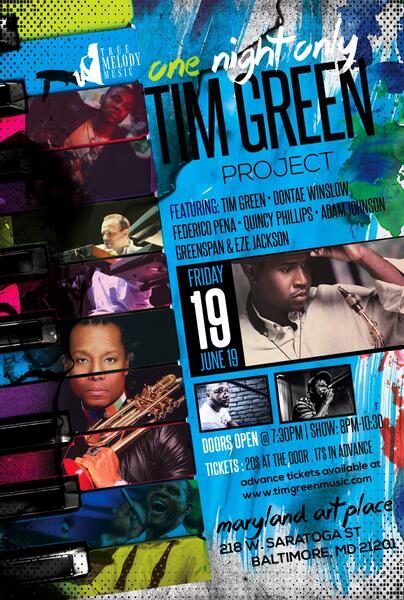 Chitown Remix Video Lauch/Concert FlyerChitown Remix Video Lauch/Concert Flyer
Chitown Remix Video Lauch/Concert FlyerChitown Remix Video Lauch/Concert Flyer -
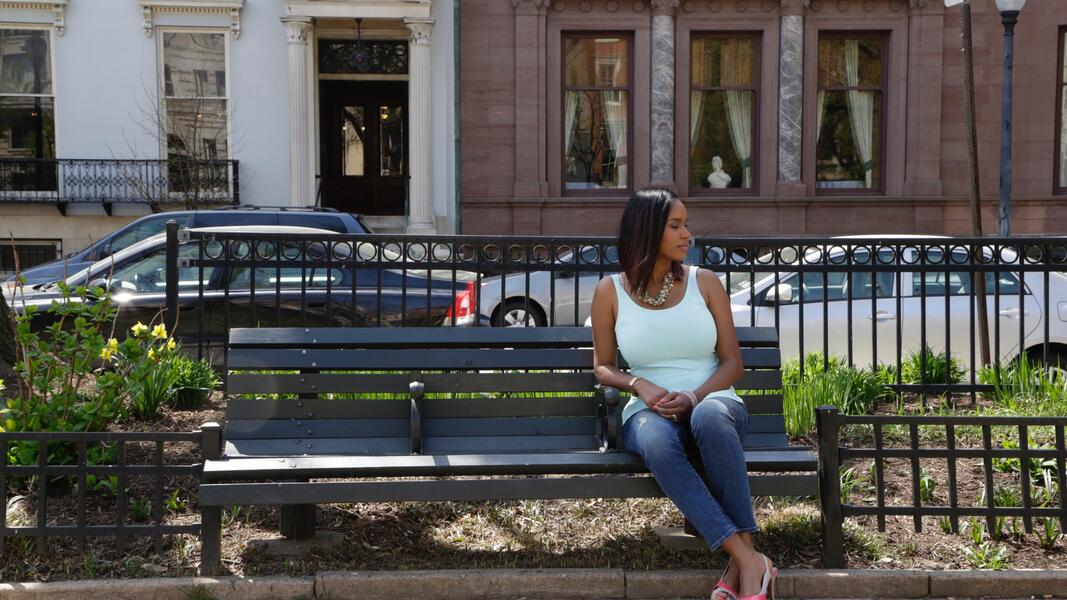 Chitown her self, my beautiful wife, Anoa GreenChitown her self, my beautiful wife, Anoa Green
Chitown her self, my beautiful wife, Anoa GreenChitown her self, my beautiful wife, Anoa Green -
Clip from the "Chitown" music video launch concertCaptured in this clip is a great moment from the "Chitown" music video launch concert at Maryland Art Place.
Tim Green, the Saxophonist
-
Tim Green "Pinocchio" (In Studio Performance)“Pinocchio” is one of my favorite songs, written by the great Wayne Shorter, that I always enjoy playing. On my latest album , Songs From This Season, I wanted to have at least one fast song that showed my virtuosity on the saxophone . I also choose to play this tune in a trio format to help with that approach. Eliminating the piano from a traditional jazz structure allows the harmony to open up more or be free to be implied by the soloist. Wayne Shorter also experiments with this "free" approach to playing music on some recordings that he made with Miles Davis in the 60's and on some of his own albums on the Blue Note recording label. Pinocchio by Wayne Shorter Featuring: Tim Green - Alto Saxophone Rodney Green - Drums Kris Funn - Bass
-
Humpty DumptyTim Green Live @ The Haven 6/23/07 Tim Green-Alto Saxophone Joel Holmes-Keyboard Ben Williams-Bass Warren Wolf-Drums
-
Obed's Recital BluesThis is a clip from my friends recital at Manhattan School of Music. I was practicing and transcribing a lot of different musicians at this point while also putting emphasis on melody and harmony. Playing over a blues form was a great opportunity for me to display what i was practicing.
-
Giant Steps 2004This clip is from my senior recital at Manhattan School of Music playing "Giant Steps" by John Coltrane. I had been practicing almost 5 or 6 hours a day around this time, focusing on how fast i could play the saxophone and try to master one of the hardest songs in Jazz which is Giant Steps.
-
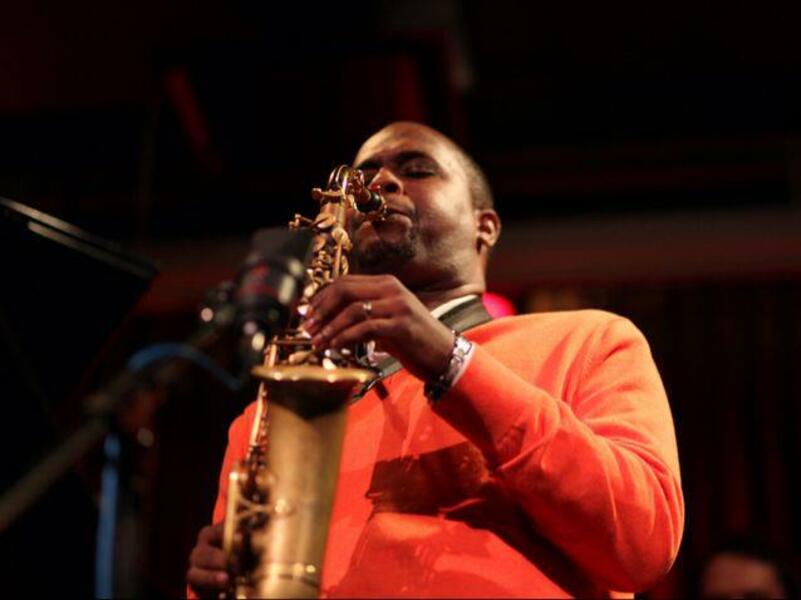 Tim Green Live in New YorkTim Green Live in New York
Tim Green Live in New YorkTim Green Live in New York -
 Tim Gren with The Baltimore Symphony OrchestraI had the honor of performing a piece entitled "The Mothership" by Mason Bates with the BSO for their 100th year celebration.
Tim Gren with The Baltimore Symphony OrchestraI had the honor of performing a piece entitled "The Mothership" by Mason Bates with the BSO for their 100th year celebration. -
Tim Green 5tet "Tongue Twister"Tim Green 5tet Live at Smalls Jazz Club Playing "Tongue Twister" by Mulgrew Miller Tim Green - Alto Saxophone Gilad Hekselman - Guitar Allyn Johnson - Piano Matt Clohesy - Bass Corey Fonville - Drums www.timgreenmusic.com
